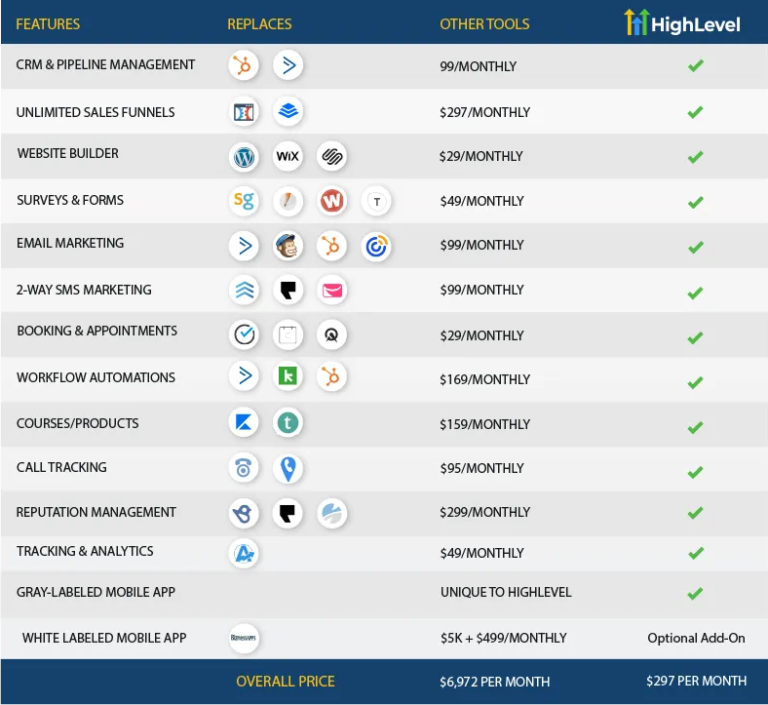The Covered Strangle: A Low-Risk Options Strategy for Income
The Covered Strangle: A Low-Risk Options Strategy for Income. The stock market can be a volatile place, and it can be difficult to know when to buy or sell. But what if there was a way to generate income from the market, even when the prices are moving sideways or down?

The Covered Strangle: A Low-Risk Options Strategy for Income
That’s where the covered strangle comes in. A covered strangle is a low-risk options strategy that can be used to generate income from a stock that you already own.
In this blog post, I’ll explain how covered strangles work, and I’ll show you how you can use them to generate income from your investments.
What is a Covered Strangle?
A covered strangle is a combination of a covered call and a short put. A covered call is a strategy where you sell a call option on a stock that you already own. A short put is a strategy where you sell a put option that you don’t own.
When you combine these two strategies, you create a covered strangle. The covered strangle is “covered” because the long stock position “covers” the risk of the short call.
How Does a Covered Strangle Work?
Let’s say you own 100 shares of Apple stock. The current price of Apple stock is $100 per share. You sell a call option with a strike price of $105 and a premium of $2.50. You also sell a put option with a strike price of $95 and a premium of $2.00.
If Apple stock rises above $105 at expiration, the call option will be exercised and you will be forced to sell your shares for $105 per share. You will keep the premium you received for selling the call option, so your net profit will be $2.50 per share.
If Apple stock falls below $95 at expiration, the put option will be exercised and you will be forced to buy 100 shares of Apple stock for $95 per share. You will keep the premium you received for selling the put option, so your net loss will be $2.00 per share.
The Benefits of Covered Strangles
There are several benefits to using covered strangles:
- They are a low-risk strategy. The maximum loss you can incur is the premium you paid for the options.
- They can generate income. If the stock price stays within the range of the strike prices, you will keep the premiums you received for selling the options.
- They are flexible. You can adjust the strike prices and expiration dates to fit your investment goals.
The Drawbacks of Covered Strangles
There are also a few drawbacks to using covered strangles:
- They do not offer unlimited profit potential. If the stock price moves significantly in either direction, you will miss out on some profits.
- They can be complex. If you are not familiar with options trading, you may want to consult with a financial advisor before using covered strangles.
How to Use Covered Strangles
Covered strangles can be used in a variety of ways. Here are a few examples:
- To generate income from a stock that you already own.
- To protect your downside in a stock that you are bullish on.
- To hedge your portfolio against market volatility.
Conclusion
Covered strangles are a versatile options strategy that can be used to generate income, protect your downside, or hedge your portfolio. If you are looking for a low-risk way to trade options, covered strangles are a good option to consider.
You May like: How to Write a Check: A Step-by-Step Guide
I hope you found this blog post helpful. If you found this post valuable, please share it with your friends and colleagues.
Thank you for reading!



